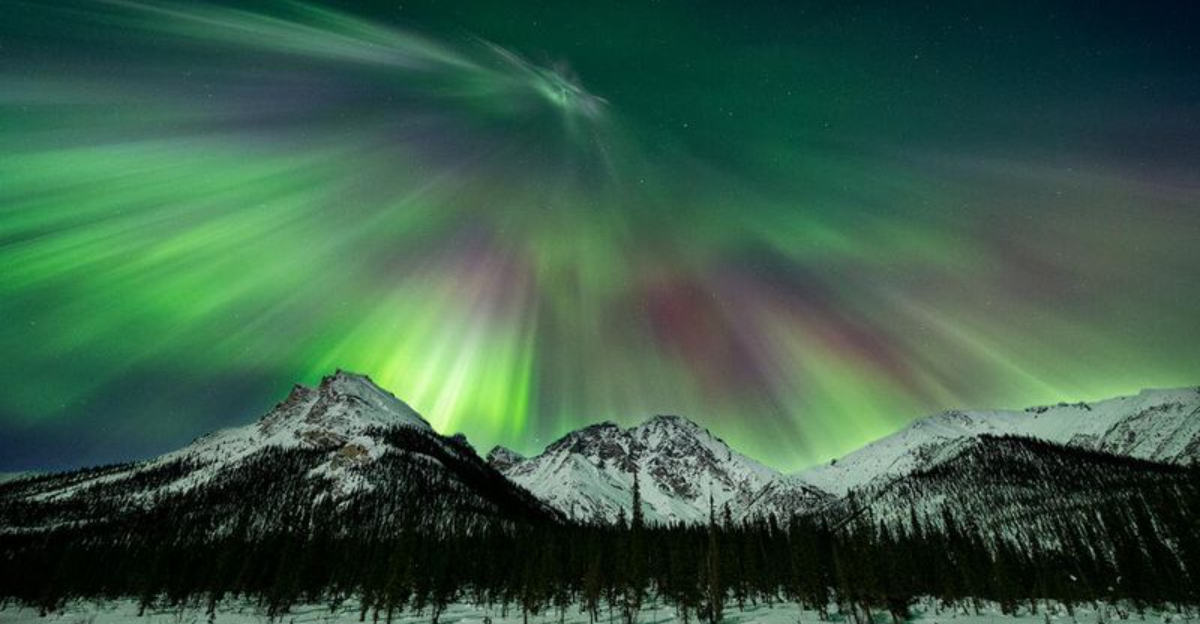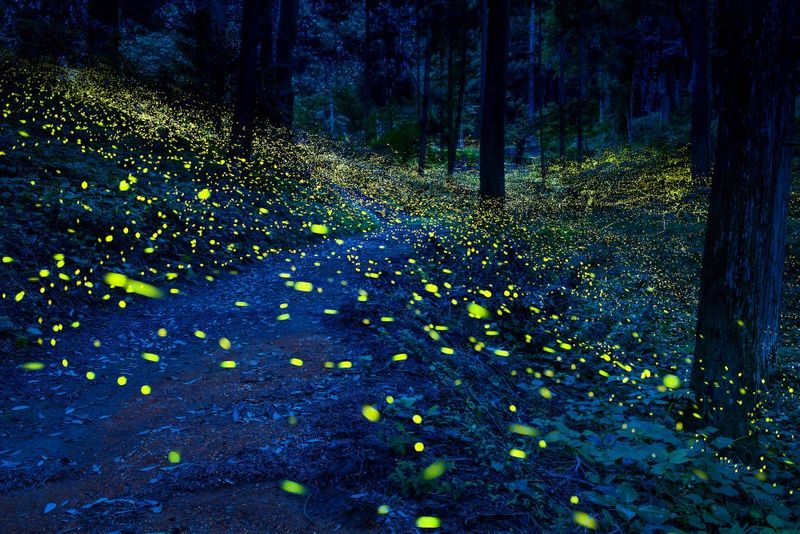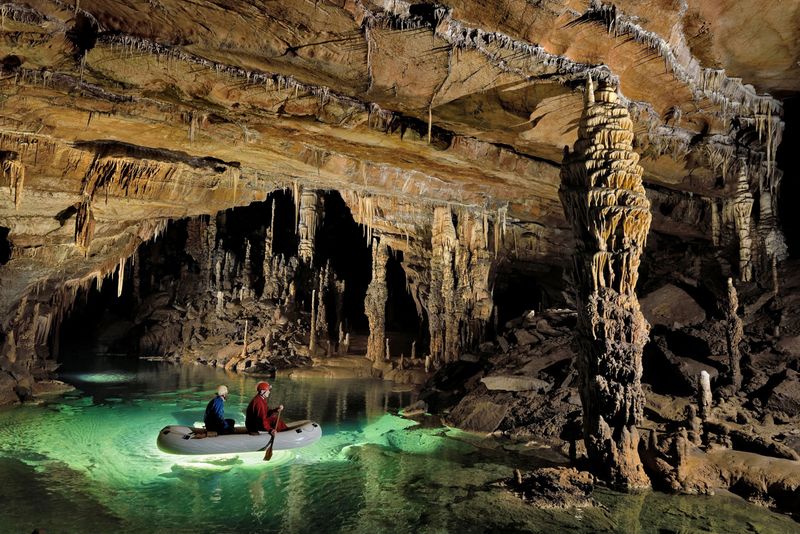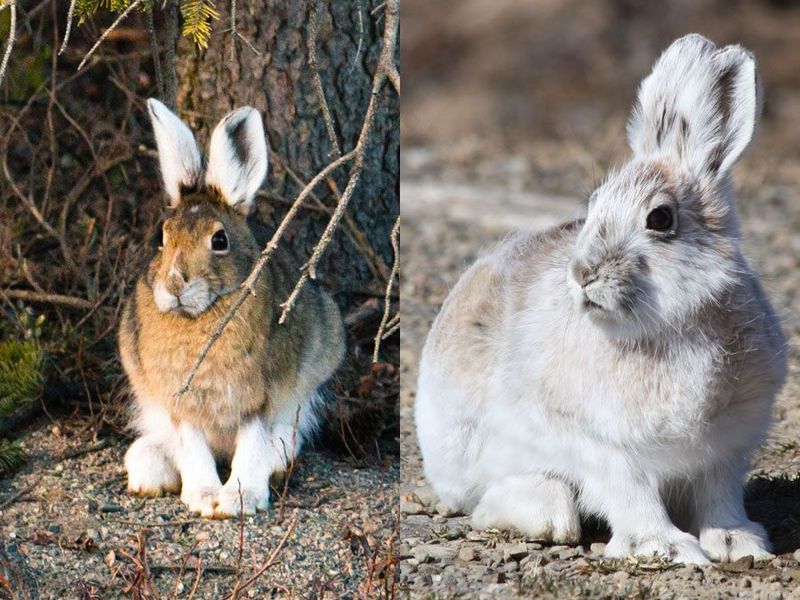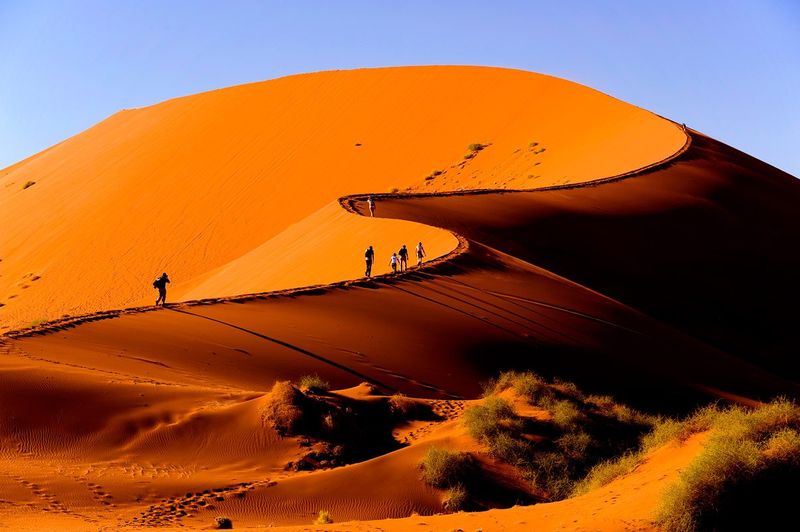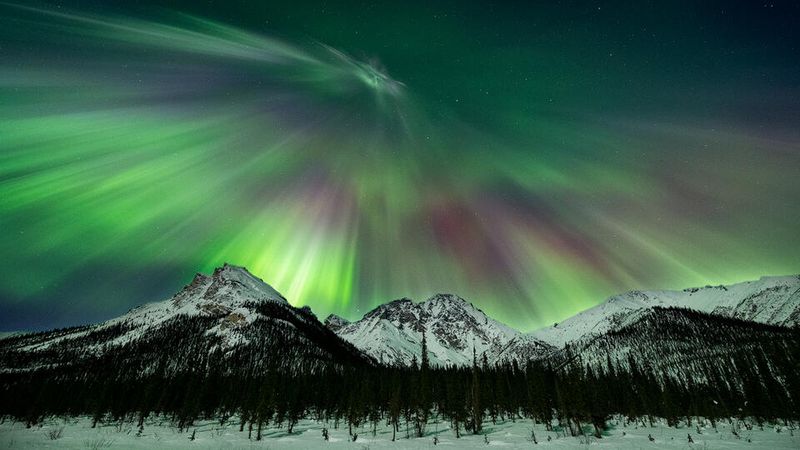The wild places of the world are brimming with wonder—strange phenomena, astonishing creatures, and landscapes that defy imagination. From glowing forests to shape-shifting animals, the wilderness is a living museum of miracles, both seen and unseen.
Bioluminescent Forests: When the Night Glows Back
When the sun goes down, some forests don’t go dark—they glow. Bioluminescent fungi, like foxfire or ghost mushrooms, emit an eerie green-blue light that illuminates the forest floor. This natural phenomenon is caused by a chemical reaction involving luciferin, the same compound found in fireflies and some marine life. Found in damp, decaying wood in places like Brazil, Japan, and the Appalachian Mountains, these glowing fungi create a dreamlike atmosphere straight out of a fantasy novel.
Scientists believe the glow may attract insects that help spread fungal spores, though the exact purpose is still a mystery. Walking through a forest lit from the ground up by an invisible hand of light is one of the most otherworldly experiences nature has to offer—a true wilderness wonder.
Vanishing Rivers: Water That Disappears Underground
Imagine a river that flows along peacefully—then suddenly disappears into the earth. Losing streams or vanishing rivers are real geological marvels found in karst landscapes, where porous limestone allows water to drain underground. The Puerto Princesa Underground River in the Philippines and Lost River in Indiana are famous examples, flowing beneath mountains and through cave systems before resurfacing or feeding aquifers.
These subterranean routes can span miles, creating entire ecosystems hidden from the surface world. Fish, bats, and even blind cave crabs thrive in these dark aquatic corridors. These disappearing acts challenge our understanding of how rivers behave and serve as a reminder that even when nature vanishes from sight, it’s still flowing beneath our feet.
The Shape-Shifters: Animals That Change Form
In the wilderness, survival often depends on being someone—or something—else. From the camouflage wizardry of the leaf-tailed gecko to the liquid-like mimicry of the octopus, nature has created creatures capable of astonishing transformations. The Arctic hare changes its coat from brown to white depending on the season, blending perfectly with snow or earth.
The Indonesian mimic octopus takes it to another level—contorting its body to imitate sea snakes, lionfish, or flatfish depending on the threat. These transformations aren’t just about looks; they’re full-body acts of adaptation. This wild mastery of illusion proves that the wilderness is full of natural shape-shifters, expertly adapted to outsmart predators, prey, and even the curious human eye.
Singing Sands and Booming Dunes
Some deserts are not as quiet as they seem. In places like Death Valley (California), the Namib Desert (Namibia), and the Gobi Desert (Mongolia), sand dunes can sing, hum, or boom when disturbed. These deep, resonant tones are caused by the synchronized movement of dry sand grains, often triggered by wind or sliding footsteps.
The resulting sounds can resemble everything from a low-frequency hum to a vibrating bass note, lasting several seconds. Scientists are still working to understand the physics behind this “acoustic avalanche,” but grain size, moisture, and dune shape all seem to play a role. Ancient travelers once believed the dunes were haunted or home to sleeping dragons. Whether heard in myth or in science, these sonic sandscapes are one of Earth’s most surreal natural concerts.
Frozen Fire: The Dance of the Aurora
Few sights in nature inspire as much wonder as the aurora borealis and aurora australis—the northern and southern lights. These glowing ribbons of green, pink, and violet light shimmer across polar skies, caused by solar particles colliding with Earth’s magnetic field.
What makes them feel like magic is their unpredictability and beauty—they can flicker gently or erupt in a full-sky explosion of color. Indigenous cultures around the world have long woven stories around the auroras: ancestral spirits dancing, sky wolves playing, or messages from the gods. And yet, even with scientific explanation, the aurora’s beauty never dims. It’s a spectacle where science meets poetry, a natural wonder that reminds us just how electrifying the wilderness can be.
